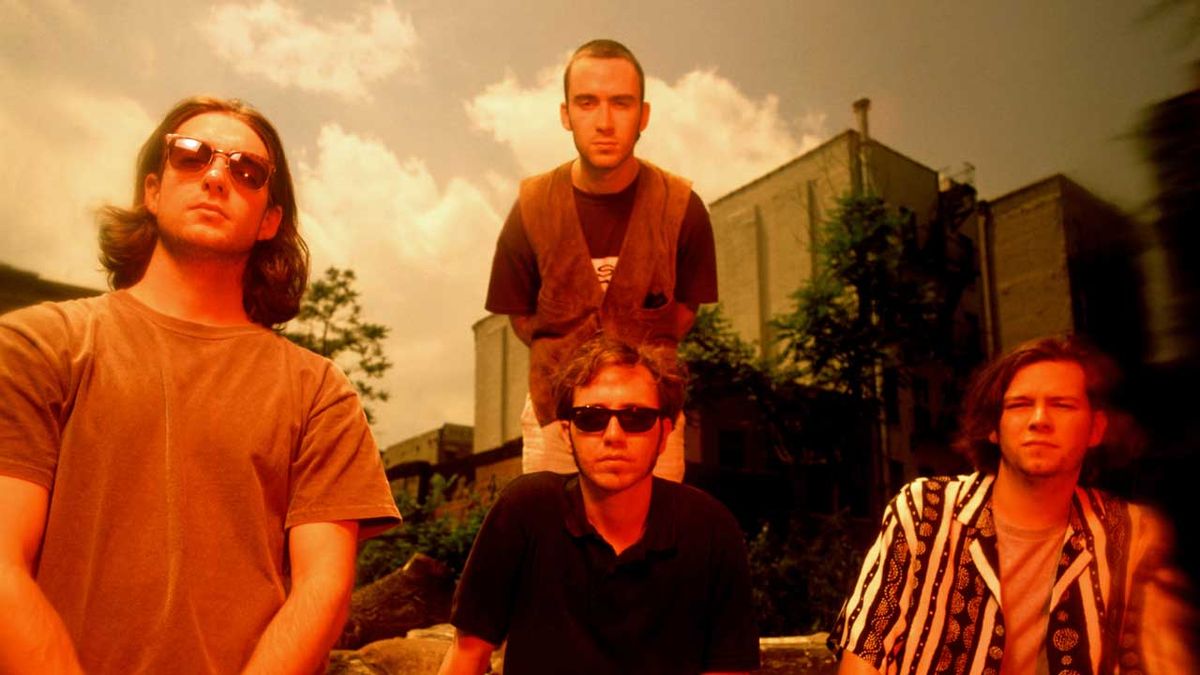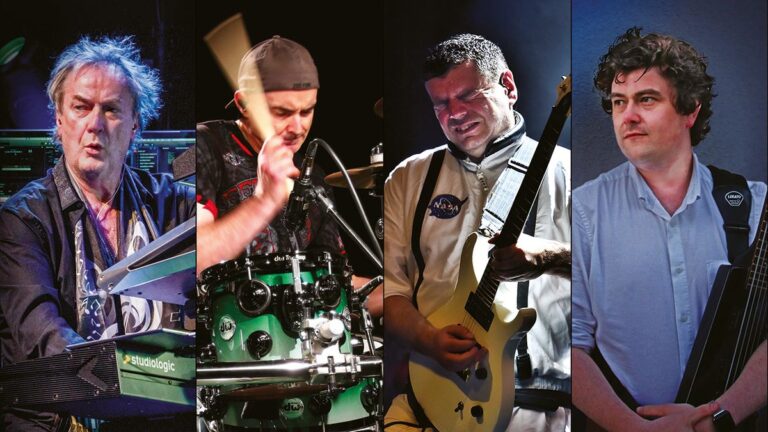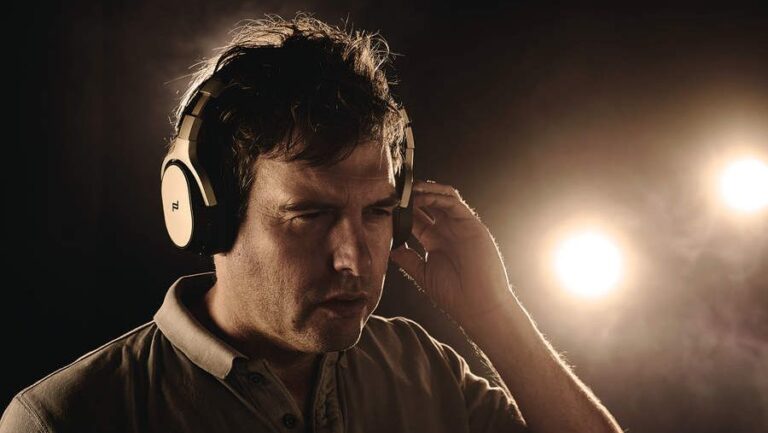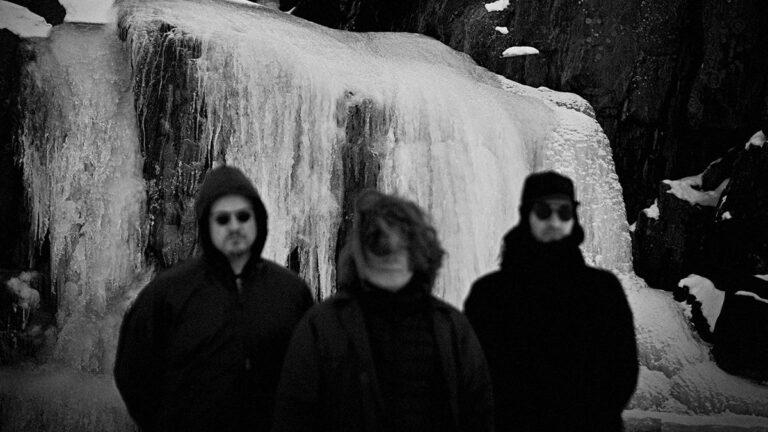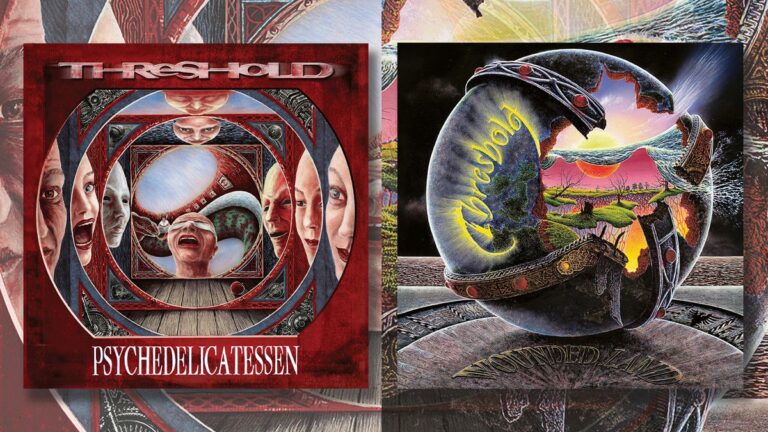Breaking Boundaries: Pushing Big Guitars to New Heights in Rock’n’Roll
On April 26, 1994, Live’s Throwing Copper was unleashed into the world, marking its 30th anniversary this year. This iconic album soared to the top of the US charts and sold over 8 million copies domestically. However, the band faced internal struggles following their success, eventually leading to a split after lead vocalist Ed Kowalczyk departed in 2010. Thankfully, six years later, Live reunited, and Kowalczyk graciously shared with us the captivating journey of Live’s meteoric rise and groundbreaking breakthrough.
Ed Kowalczyk found himself in a surreal situation while stuck in traffic in July 1995. The singer was en route to a Live concert at Hersheypark Stadium in Hershey Park, South Pennsylvania, only to be surrounded by 30,000 fans attempting to reach the same destination. The twist? The concert was Live’s own homecoming show, a moment of triumph that turned into logistical chaos.
As live music lovers lined up for miles along the valley, Kowalczyk recalls the epiphany he experienced in that traffic jam. “This is crazy. Look at all these people. I can’t even get to my own concert,” he chuckled. Despite the delay, Live eventually made it to the stage, a recurrent theme throughout their journey. Their breakthrough album, Throwing Copper, had clinched the top spot a year earlier in April 1995, amidst a musical landscape dominated by grunge.
Amidst the seismic shifts in music and culture during the early ’90s, Throwing Copper stood out as a beacon of raw emotion and spiritual introspection. While grunge bands embraced darkness and irony, Live delved into a realm of profound questioning and spirituality reminiscent of U2 and R.E.M. Kowalczyk’s earnest delivery and thought-provoking lyrics set Live apart on a fearless path that resonated with audiences.
The origins of Live trace back to the early ’80s in York, Pennsylvania, a cultural vacuum that birthed a group of teenagers determined to make their mark. Influenced by alternative rock luminaries like The Cure, R.E.M., and U2, Live’s journey was a humble yet dedicated pursuit of artistic expression. The band’s evolution through various monikers eventually led to the birth of Live and the release of their debut album, Mental Jewelry, in 1991.
Mental Jewelry showcased a band that had already found its voice, blending resonant melodies with introspective lyrics rooted in philosophical musings. Songs like Pain Lies On The Riverside and Operation Spirit (The Tyranny Of Tradition) established Live as a force to be reckoned with, drawing comparisons to R.E.M. and capturing the attention of college radio and MTV.
By the time Live embarked on their sophomore effort, they yearned for musical evolution and dynamism. The creation of Throwing Copper in July 1993 at Pachyderm Studios in rural Minnesota marked a pivotal moment for the band. Producer Jerry Harrison, known for his work with Talking Heads, mentored Live through a transformative recording process that infused their sound with new vigor and emotional depth.
The resulting album boasted anthems like I Alone, Selling The Drama, and Lightning Crashes, which captured the zeitgeist of ’90s music with a philosophical flair. Lightning Crashes, in particular, emerged as a power ballad that transcended conventional radio boundaries, weaving a narrative of birth and death that resonated deeply with listeners.
Throwing Copper’s release in April 1994 coincided with a somber period in music history, following Kurt Cobain’s tragic passing. The album’s spiritual essence and existential themes provided solace and reflection amidst the collective mourning that swept through the music community. Lightning Crashes, with its poignant imagery and unconventional structure, struck a chord with audiences and propelled the album to the top of the Billboard charts in 1995.
As Live’s popularity surged, so did the critical scrutiny they faced, with some dismissing them as imitators of U2 and R.E.M. Yet, Kowalczyk’s unwavering intensity and the band’s distinct sound garnered a loyal following that craved their next musical chapter. The subsequent release of Secret Samadhi in 1996 marked a departure from Throwing Copper’s commercial success, embracing a darker and more experimental direction.
Amidst internal tensions and diverging creative paths, Live underwent a tumultuous period in 2010 when Kowalczyk abruptly parted ways with the band. Legal battles ensued, leading to a temporary dissolution before a surprising reconciliation in 2016. The band’s reunion signaled a return to their roots and a reaffirmation of their unique bond and musical legacy.
Today, Live continues to forge ahead with Kowalczyk at the helm, captivating audiences with their eclectic sound and poignant lyricism. As they embark on new adventures and redefine their musical identity, Live’s enduring spirit serves as a testament to the resilience and passion that define their remarkable journey from small-town dreamers to global rock icons.

